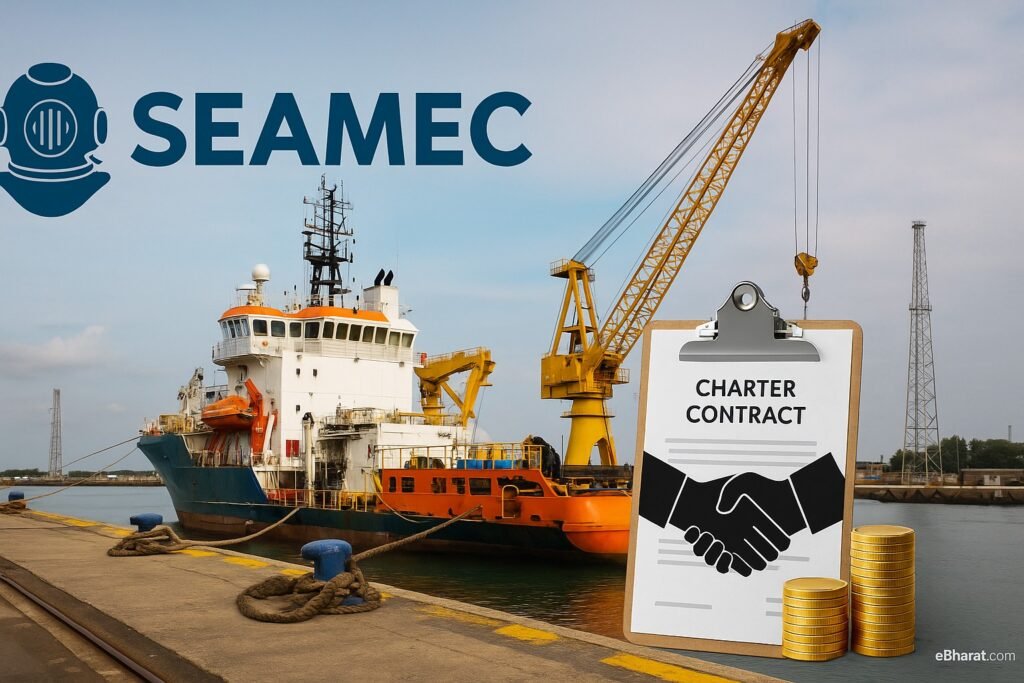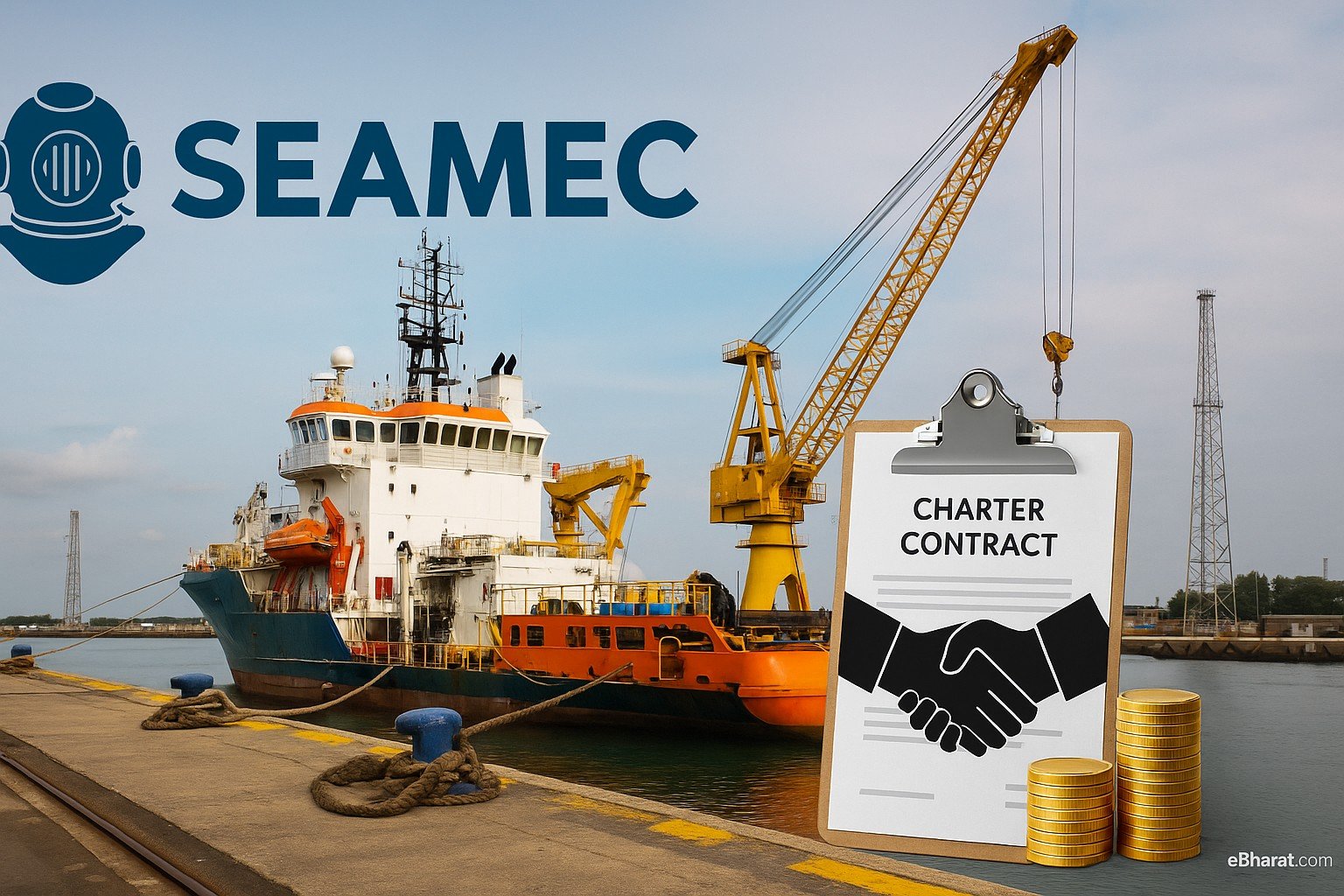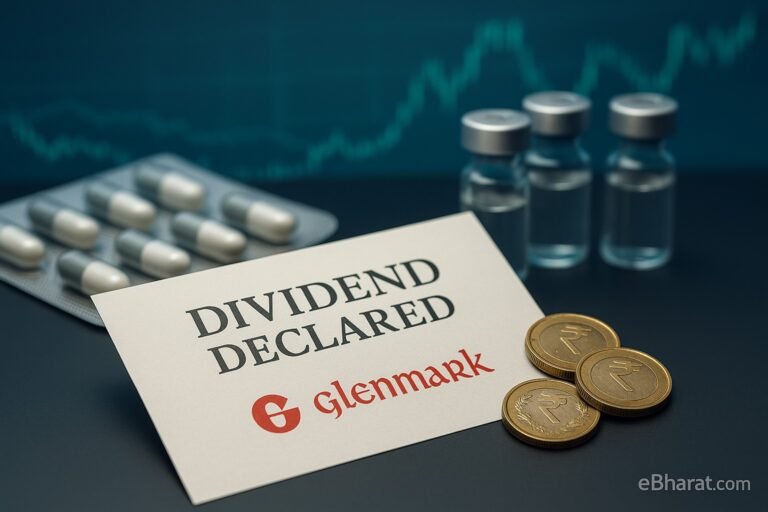
Mumbai | September 30, 2025 — Filed via company postal ballot notice, e-voting window Oct 1 (09:00 IST) to Oct 30 (17:00 IST). Offshore services player SEAMEC Ltd has launched a shareholder postal ballot to approve related-party transactions (RPTs) for vessel chartering, diving and allied services with group entities. Because charter hire is the company’s core revenue lever, investors will parse the fine print on day rates, tenor and utilisation to judge whether the proposals are value-accretive and at arm’s length.
What’s on the table
SEAMEC is seeking member approval to enter/continue charter arrangements with related parties for specified vessels and services during FY26. The board’s explanatory statement typically discloses:
(i) the aggregate cap/quantum of transactions
(ii) nature of services (charter hire, diving support, logistics)
(iii) pricing basis (market/benchmark references)
(iv) tenure and renewal options
(v) the rationale—often framed as operational flexibility, revenue visibility and improved fleet deployment. For an offshore operator whose earnings are tightly linked to vessel-days × day rate, clarity here can materially shift sentiment.
Why it matters
In offshore and diving support, revenue swings are driven by day-rate cycles and load factors (utilisation). If related-party charters are demonstrably arm’s-length—i.e., priced near prevailing market benchmarks with transparent term sheets—shareholders gain predictability of cash flows and reduced idle time for assets. Conversely, if pricing looks preferential or tenure is structured to crowd out higher-margin third-party work, the market may impose a governance discount. The ballot therefore doubles as both a governance test and an earnings-visibility signal.
| Item | Investor focus | Ideal disclosure |
|---|---|---|
| Aggregate cap (₹/US$) | Materiality vs FY25 revenue | Vessel-wise breakup & period |
| Day rate (USD/day) | Parity with spot/contract market | Benchmark/valuation method |
| Tenor | Visibility vs flexibility | Firm + options, renewal terms |
| Utilisation impact | Idle days vs displacement risk | Guidance on fleet deployment |
| Counterparty profile | Credit quality, conflict risk | Names & relationship mapping |
| Exit/termination | Downside protection | Break clauses & penalties |
What could go right
- Earnings visibility: Multi-month/annual charters at market rates can smooth revenue and backstop cash flows.
- Higher utilisation: Tying up vessels on related-party work may reduce idle time, improving return on assets.
- Sentiment catalyst: Transparent, benchmarked pricing can shift the narrative from governance worries to operational delivery, helping broaden coverage in a niche mid/small-cap name.
Risks to consider
- Preferential pricing/conflicts: Any hint of non-market terms could trigger shareholder pushback.
- Opportunity cost: Locking vessels with affiliates might crowd out higher-margin third-party jobs if the cycle tightens.
- Opaque disclosures: Aggregate caps without vessel-wise/tenor specifics limit investor confidence and can keep a valuation discount intact.
Outlook
The Oct 1–30 e-voting window will be the key event. Expect the stock to react to the depth and quality of disclosures: clear day-rate references, tenure, and utilisation math would likely be read as constructive; thin details or complex related-party webs could weigh on multiples. For shareholders, this ballot is less about procedural clearance and more about whether SEAMEC can use affiliated charters to de-risk cash flows without compromising governance.













